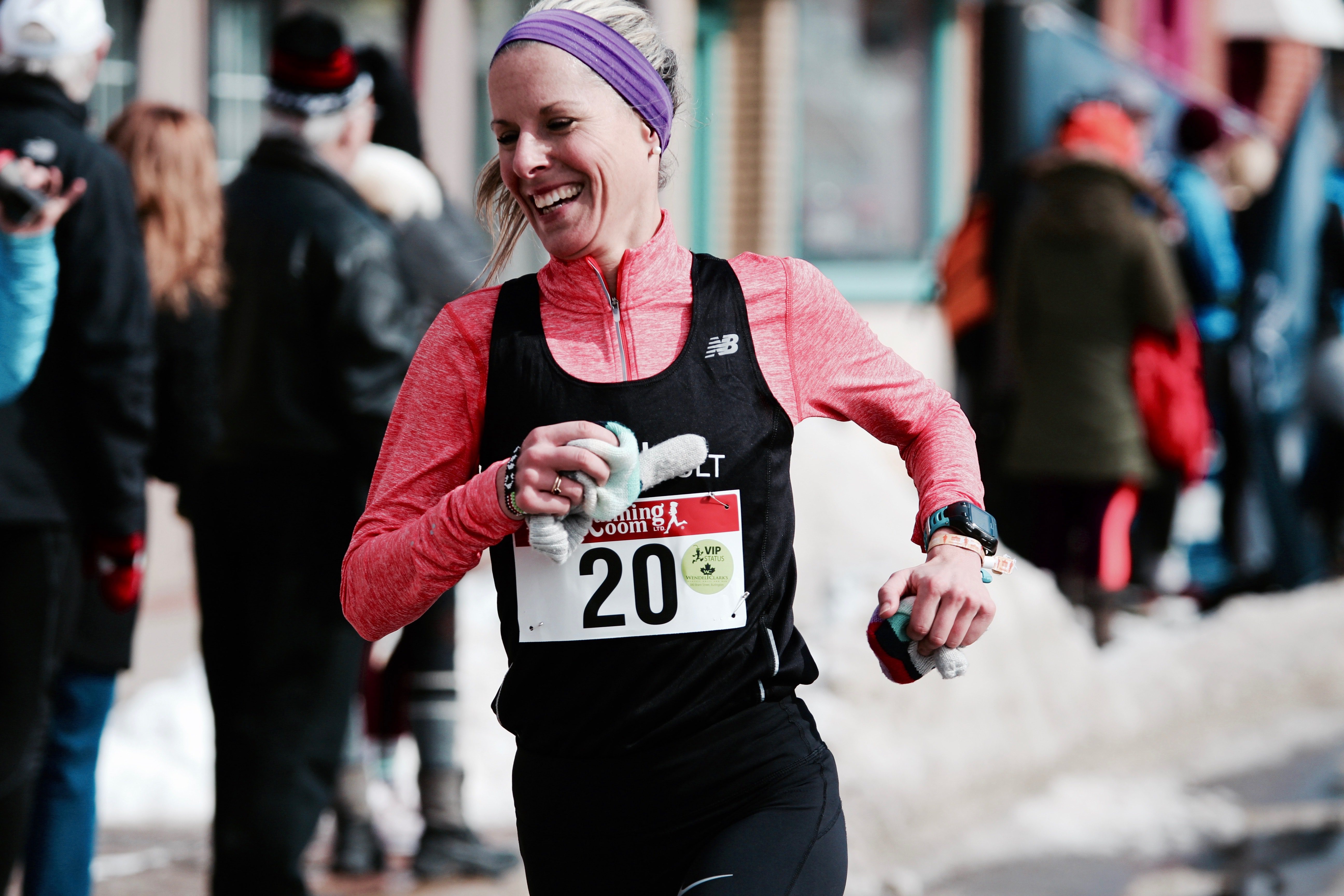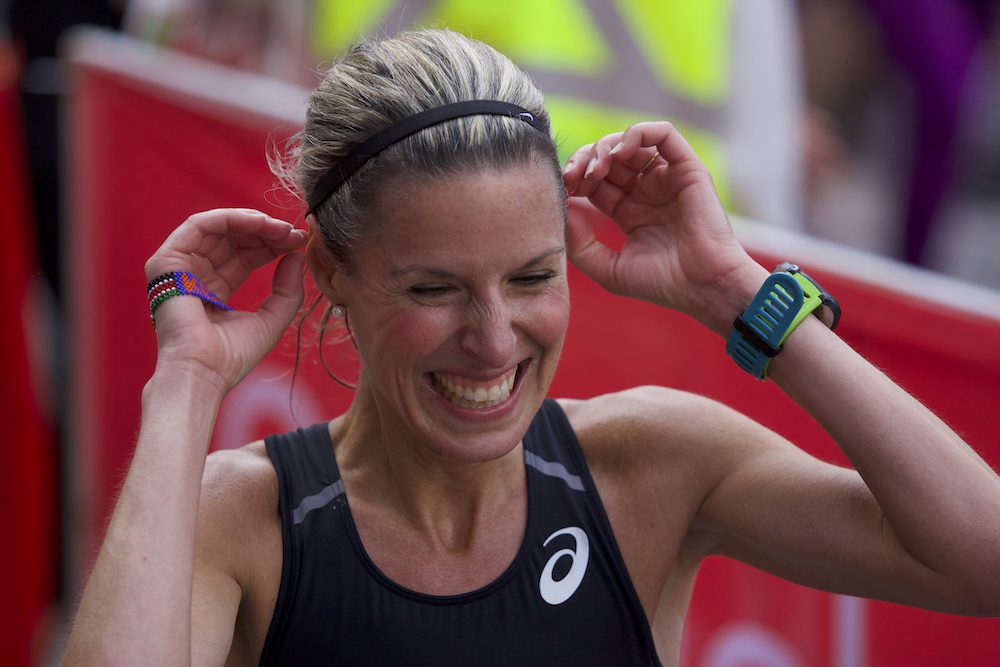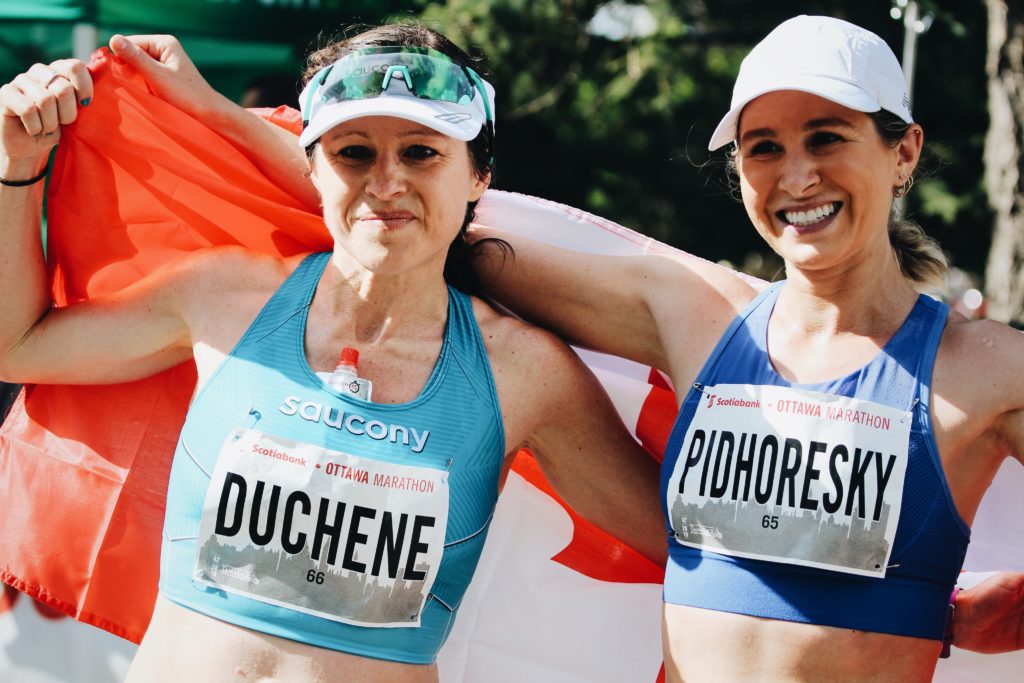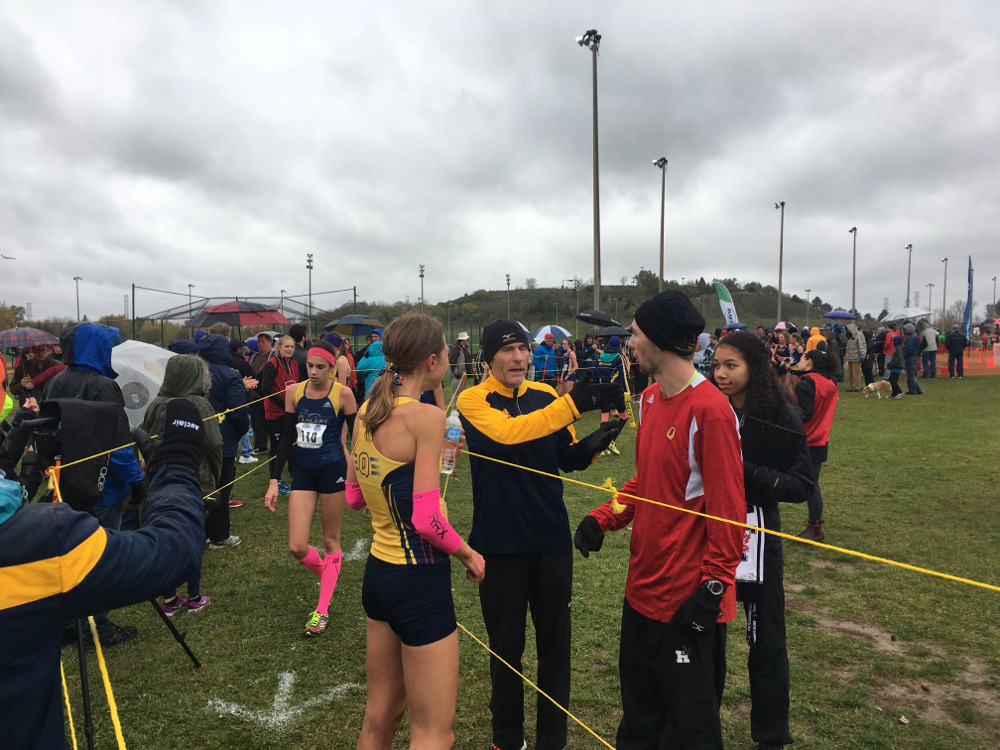The rise of the elite masters runner
The masters women who are proving that age is an asset when it comes to marathoning

Last week Lyndsay Tessier, at age 41, was named to her first-ever national team. She will represent Canada for the first time at the upcoming World Championships in Doha for the marathon.

RELATED: Lyndsay Tessier named to World Championship team for marathon
Tessier said on Instagram on Friday evening, “The girl who joined her first Running Room clinic (must never again knock 10&1’s) in 2011 is still trying to process the magnitude and honour of this.” Tessier set a Canadian masters marathon record in Berlin in 2018 when she ran a 2:30:47 to finish 12th overall.
But Tessier isn’t the only Canadian masters woman who’s internationally competitive. At age 41, Krista DuChene was third at the Boston Marathon last year and ran a 2:36:46 in 2018 at the Scotiabank Toronto Waterfront Marathon. Catherine Watkins is another example–the 47-year-old ran her marathon personal best of 2:40:11 in Berlin last fall.

RELATED: Krista DuChene 7th in masters division at Boston 2019
https://www.instagram.com/p/BtmT6ivBF7D/
And then there’s Australian Sinead Diver, whose personal best is from this year’s London Marathon at 2:24:11. Diver is 42 years old and similar to Tessier, in that she has consistently improved over the past six years. Diver’s big breakthrough was in 2017 when she ran a 2:31:37. All of these women are technically masters runners and they’re proving competitive among all ages.
Steve Boyd is Tessier’s coach and longtime member of the Canadian distance running scene. Boyd says: “There are two kinds of runners who do well in the masters category: runners who are great when they are young and continue to be good, and then those who are realizing their potential later in life.” Tessier is the latter.

Boyd thinks that marathoners’ strength is maturity. “The marathon is a thinking person’s event. The marathon takes a lot of self-control and maturity. You have to be very good at following and executing a plan, and you have to be very patient. If you’re running middle distance you get 10 to 20 cracks at your event per year, but with the marathon it’s one or two.”
Another subtle difference that Boyd sees is the personal identity aspect. “Older runners have their lives more established, so there’s less identity wrapped up in running. Running has always been fun for Lyndsay. When you talk with other athletes her age who are doing well, they answer similarly. They love running, and being fast is a bonus.” Running economy is the last piece that Boyd mentions. “Physiological economy can be developed into your late thirties and preserved into your forties.”
RELATED: Huge runs for Setlack, Myrand and Mason at Rotterdam Marathon
Boyd cites John Mason, who was also named to the team, as another great example of an athlete who has built economy over time. “He’s been grinding since finishing college and hasn’t been injured much, so a breakthrough was around the corner.” Running economy refers to a body’s energy demand while running at a submaximal pace. The greater a runner’s economy, the less oxygen required to sustain this pace.
The rest of the Canadian world championships team will be named in August alongside the track athletes.


